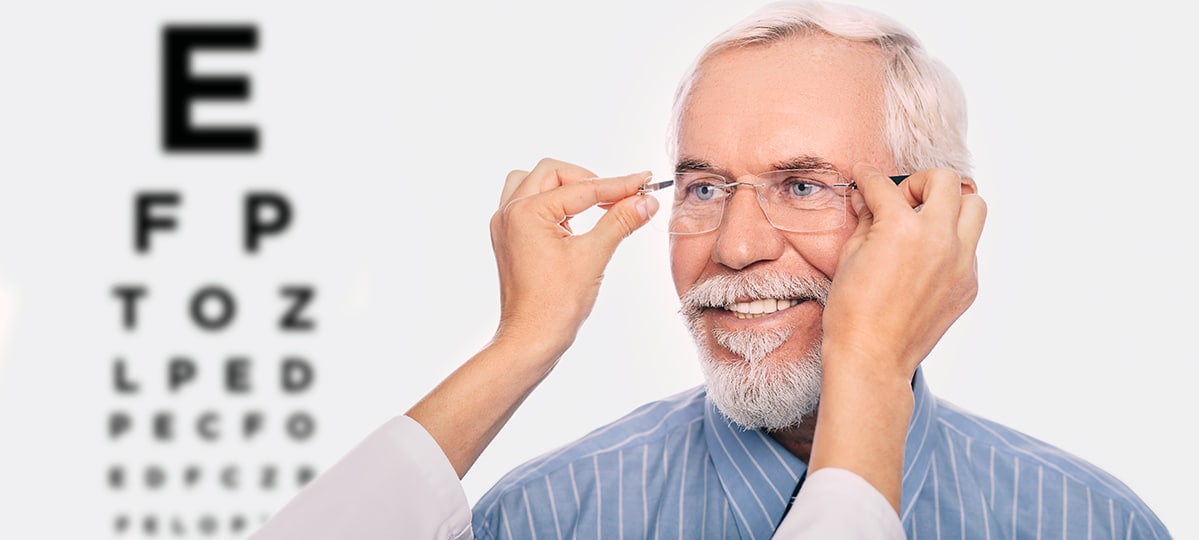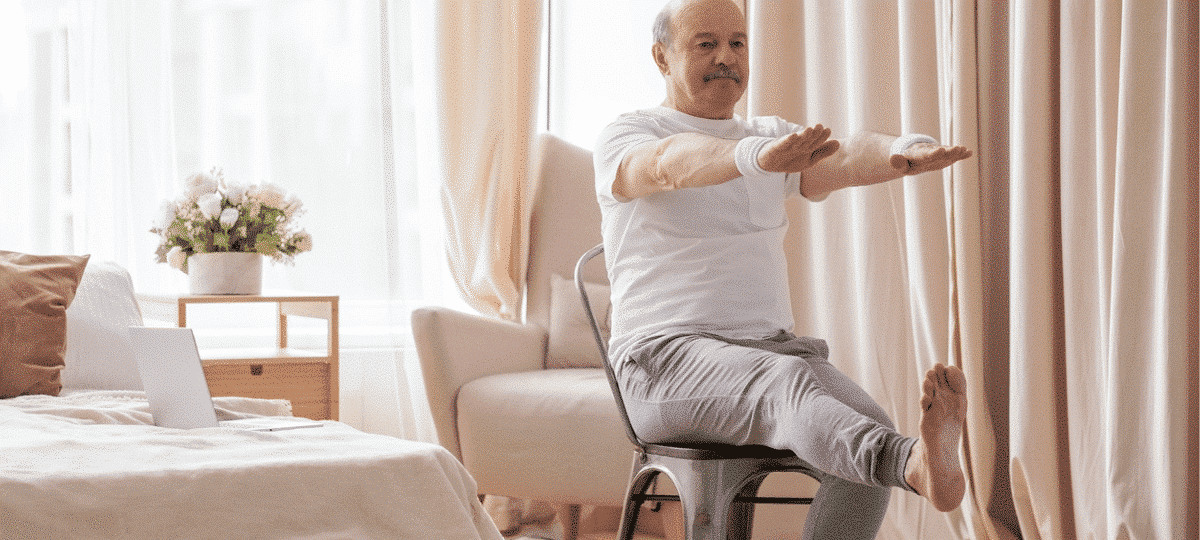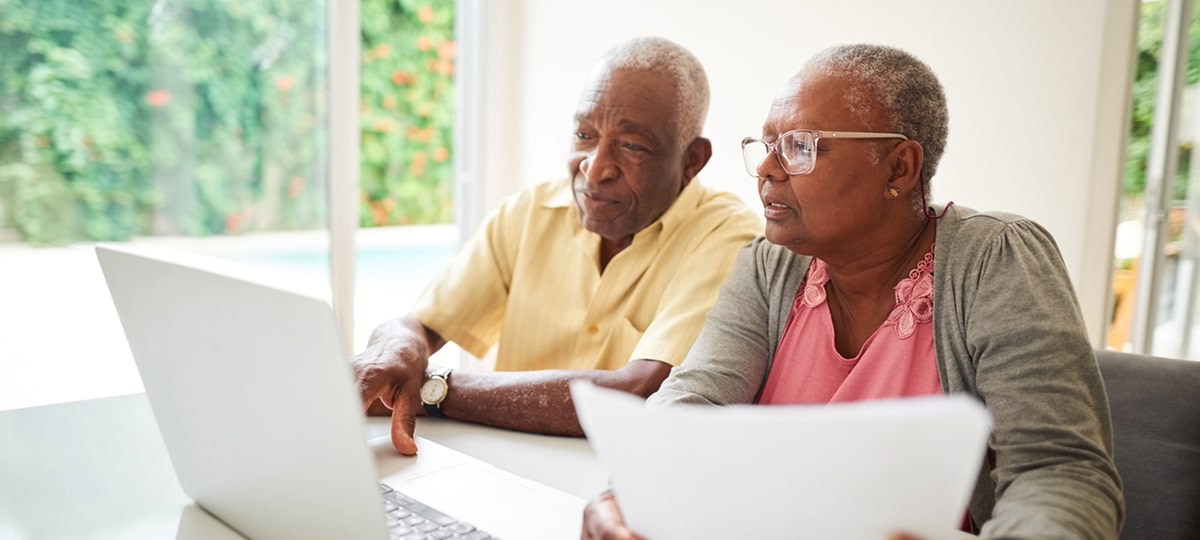Our vision diminishes as we age. We all face this reality when we peer at a menu and realize our pharmacy-grade reading glasses aren’t doing the trick anymore. Or we go to the eye doctor for yet another change in our prescription. Even cataracts are the result of normal age-related vision loss. But serious vision problems can also develop that are tied to disease processes. These include macular degeneration, glaucoma, and diabetic retinopathy.
Creating a Safe Environment at Home
All older people can benefit from the advice of low-vision therapists who assist people with serious vision problems. We can all adopt a few of their strategies to optimize our vision and improve the way we engage with our environment—maximizing safety and minimizing mishaps.
Here are top strategies from the low-vision therapists of visionaware.org.
To Distinguish Pill Bottles:
- Keep your medication in the original bottles and organize them in your cabinet in alphabetical order.
- Separate medication in ways that make location sense—breakfast pills in the kitchen and evening pills on your nightstand.
- Use a 3-D pen, called a Hi-Mark Tactile Pen, to write the first letter of the medication on the lid.
To Enhance Medicine Label Clarity:
- Ask your pharmacist to put a large print label on your prescription container.
- Request large print instructions, too.
To Keep Track of Dosage:
- Use a weekly or a daily pill organizer with large-print labels.
- Ask a family member to fill your pillbox for you.
- You can also try placing small rubber bands around the bottle equal to the number of dosages you take each day of that particular medication—then remove one band each time you take the medication. Repeat the process daily.
To Improve Lighting:
- Use brighter light bulbs and install lighting evenly throughout your home.
- Pay special attention to illuminating key zones like the kitchen and bathroom countertops, the stove area, the toilet, the laundry room, and over the staircase.
- Incandescent, halogen, and LED lights are all effective for general lighting as well as for lamps.
- Purchase more lamps with adjustable arms for tasks. Using such lamps can provide helpful “spotlighting” when you’re sewing, using your tool bench, or chopping veggies in the kitchen, or even in the bathroom when you’re reaching for products, your toothbrush, or medicine.
To Cut Down On Glare:
- Replace sheer curtains with mini-blinds.
- Take care to position lamps so that they’re at your side or slightly behind you when you’re performing tasks.
To Improve Staircase Safety:
- Mark the edges of steps with brightly colored tape or paint them to make them easier to see.
- Paint the handrail on the staircase a contrasting color
- If you have a stair runner, ensure it’s installed tightly to avoid a tripping hazard, and choose a plainer style, which is less visually dizzying.
To Sharpen The Clarity Of Objects And Zones In Your Home:
- Use visual contrast – think dark color on a light background or a light color on a dark background.
- Hang bathroom towels that contrast with the paint color and use bath mats that contrast with floor color.
- Swap light switch plates that contrast with paint color.
- Use a reversible cutting board you can flip depending on the color of the food you’re chopping.
- Purchase objects that have white lettering on a dark background or dark lettering on a white background.
Investing in a Medical Alert System
If you are struggling with vision problems, a Medical Alert system is a great source of protection and peace of mind. Whether minor or major, vision issues can lead to serious health and safety mishaps, including:
- tripping on stairs or carpets
- incorrectly reading medicine labels
- mixing up medicine bottles if you can’t distinguish among them
- cooking disasters or fires if you bumble near the stove
- hurting yourself during simple household tasks that involve sharp objects
In any of these situations, a Medical Alert system will ensure you have help at the push of a button. Simply press your emergency button and you’ll be connected with an operator who can help to assess your situation and dispatch the appropriate help. Also, with a fall detection pendant, an operator can be called after a fall – even if you can’t push your button.



